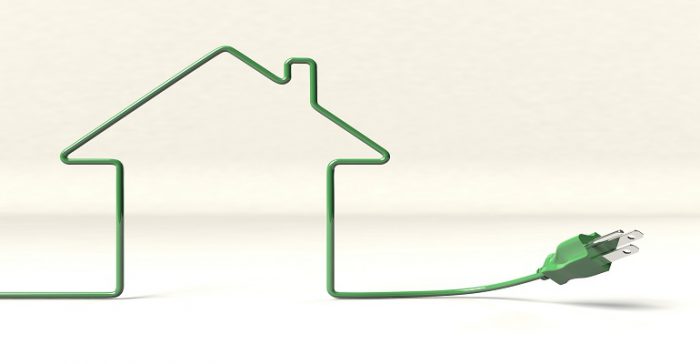DO ENERGY CODES WORK?
Builder Online, January 4, 2016. Image credit: Chris Potter
Last year the U.S. Department of Energy ( DOE) announced that eight states would be part of a three-year Residential Energy Code Field Study. Once completed, the study will provide an unprecedented opportunity to develop new strategies for education, training, and outreach for improving the energy efficiency of single-family homes, as well as a measurement of the impact those activities have on residential energy use.
By averaging the findings, the data takes into account homes that are being built above the minimum code requirements along with those that are built below the code minimums. This means there’s still a big opportunity to improve residential construction practices and reap cost-effective energy savings for home owners. For example, DOE estimated a one-year energy cost savings potential of $427,428 in North Carolina based on data gathered in the state’s field study. There’s also room to improve the codes in use: Seven of the eight states involved in the study are currently operating under the 2009 International Energy Conservation Code (IECC). As of December 7, only Maryland—one state included in the study—had the 2015 IECC in place.
What Do the Findings Mean?
Overall, the initial data and analysis coming out of DOE’s Residential Energy Code Field Study demonstrate the success of energy codes as an effective policy tool for driving energy efficiency in the single-family residential housing market. It also demonstrates the diligence of builders and local building officials in ensuring compliance with the energy codes adopted in their states.
A few additional takeaways for builders are:
- Builders should pay special attention to the lighting that they are installing. The data seemed to indicate that in some states about half of builders were installing no high-efficacy lamps. LEDs or Compact Fluorescent Lamps (CFLs) can be used to meet the high-efficacy lighting requirements of the IECC.
